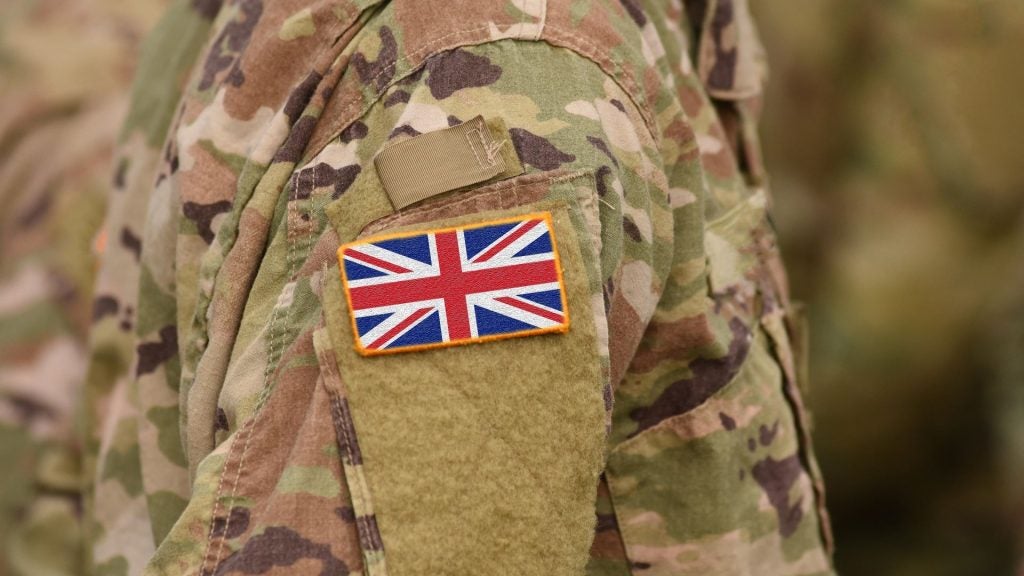In the intricate landscape of supplying products to the defence sector, a nuanced understanding of UK military packaging requirements stands as a pivotal pillar.
These stringent guidelines, primarily outlined in Defence Standard 81-41 and governed by the Military Packager Accreditation Scheme (MPAS), form the backbone for ensuring the safe handling, transit, and storage of military goods.
This article delves into the essentials, breaking down the intricacies for manufacturers, suppliers, and stakeholders in the military packaging domain.
Navigating the military packaging accreditation scheme (MPAS)
For companies venturing into the realm of military packaging, certification becomes paramount.
Since July 2012, any entity supplying Military Level Packaged products to the Ministry of Defence (MoD) must ensure compliance with the Military Packager Accreditation Scheme (MPAS).
This scheme, designed around the specific needs of the MoD, replaces the prior Defence Pkg DR/14 requirements.
The core objective of MPAS is to guarantee that the design and production of military-level packaging align with the rigorous defence standards, ensuring the safety and integrity of goods throughout the military supply chain.
A critical aspect of the MPAS is the emphasis on the design and production of military-level packaging. It ensures that the complexities and specialist knowledge required for military packaging are met by certified packagers.
This certification process aims to provide assurance that packaging is not just a logistical necessity but a critical element in maintaining the safety, integrity, and functionality of military equipment.
Defence Standard 81-41: blueprint for military packaging
Defence Standard 81-41 is the compass guiding military packaging.
This comprehensive standard encompasses six crucial parts, each addressing specific facets of packaging requirements to safeguard goods against environmental conditions, physical damage, and deterioration during storage, handling, and distribution.
- Introduction to Defence Packaging Requirements (Part 1): Outlining the overarching objectives and principles of the standard.
- Design (Part 2): Focusing on the design specifications to ensure effective protection.
- Environmental Testing (Part 3): Detailing the testing procedures to validate packaging resilience under various conditions.
- Service Packaging Instruction Sheet (SPIS) (Part 4): Introducing the concept of SPIS as a guide for maintaining, cleaning, and packing military equipment.
- Production Processes (Part 5): Defining the processes involved in manufacturing military-grade packaging.
- Package Markings (Part 6): Addressing the requirements for marking packages for identification and handling.
A critical component of Defence Standard 81-41 is the Services Packaging Instruction Sheet (SPIS).
The SPIS serves as a bespoke guide for designing military containers tailored to specific contract demands. It dictates the use of specific materials, such as corrugated fibreboard, traditionally used for small items sealed in a polythene envelope within the carton.
Additionally, packaging suppliers can request a DEFORM 129A to assess the current status of an SPIS design and request authorisation for updates or modifications.
Decoding military packaging grades: J, N, and P Levels
Preservation levels, as outlined in the Ministry of Defence Standard 81-41, categorise packaging into three main levels: J, N, and P. These levels dictate the duration and conditions under which items can be stored:
- J Level: Suitable for items that may be stored anywhere in the world, within any climatic condition, for up to 2 years.
- N Level: Appropriate for items that can be stored anywhere in the world, specifically in non-climatic conditions (clean and dry), for up to 5 years.
- P Level: Similar to commercial packaging, designated for items to be stored for up to 5 years but only in normal storage conditions.
The choice of packaging level is contingent upon the characteristics of the items in question, providing a tailored approach to preservation based on specific requirements.
Checklist for military packaging: vital information for manufacturers
Manufacturing defence-standard packaging demands a comprehensive checklist of information. This checklist, crucial for any MPAS packaging provider, includes:
- Nato Stock Number (NSN): A unique 13-digit identification number allocated to every item used by the Ministry of Defence.
- Item Description: Clear and detailed information about the item to be packaged.
- MoD Department Responsibility: Identification of the specific department within the Ministry of Defence (Army, Navy, or RAF) responsible for the item.
- Manufacturer’s Part Number: The unique identifier assigned by the manufacturer.
- Size and Weight of Items: Precise measurements to facilitate appropriate packaging design.
- Primary Package Quantity (PPQ): Determining the quantity of items to be packaged in each unit.
- Expected Storage Duration: Indication of how long the MoD is likely to keep the item in storage.
- Fragility Factor: Assessment of the item's fragility to inform packaging resilience.
- Resistance to G-Force: Evaluation of the item's resistance to g-forces during transit.
- Centre of Gravity: Essential for safe lifting and loading during transportation.
Adhering to this comprehensive checklist ensures that the packaging meets specific product needs and aligns with the stringent requirements of the Ministry of Defence.
Additional considerations: beyond the basics
Beyond the checklist, several additional considerations play a crucial role in military packaging. Labels, an essential component of packaging, must comply with Part 6 of Defence Standard 81-41.
However, the choice of materials for labels falls under different standards – both def stan 75-3 and def stan 80-132. External paper labels must be safeguarded using waterproof and transparent strips of tape or adhesive emulsion and polyvinyl acetate.
The decision on whether military packaging necessitates handles or lifting aids rests with the designer and is contingent upon the characteristics of the item(s).
Suitable handling equipment becomes necessary when items are excessively heavy for manual lifting, highlighting the importance of considering the practicalities of handling throughout the supply chain.
The Ministry of Defence, in alignment with Defence Standard 81-041 Part 1, Section 5.5 b, encourages the design of reusable packaging whenever feasible.
This directive aims to reduce the environmental impact of packaging waste, aligning with broader sustainability goals.















